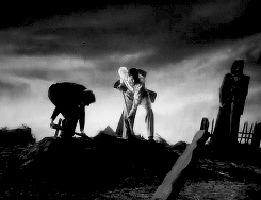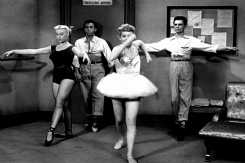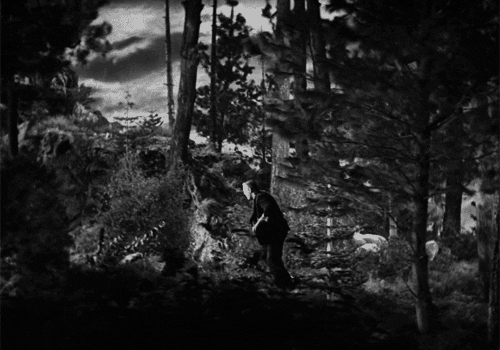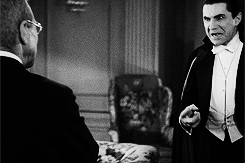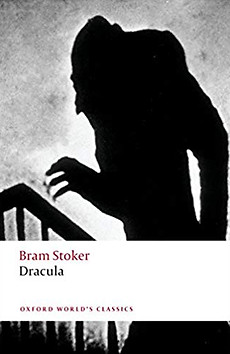Nothing Like a Good 'Ole Fashioned Scare
If you, like myself, are a self-proclaimed “Horror Movie Buff,” then you may be wondering why we’re looking at books from the 19th century when there are hundreds of phenomenal horror films. Why should we care about some dusty, Transylvanian bloodsucker or 8ft human jigsaw puzzle when we have monsters like Annabelle from The Conjuring and Pennywise from IT?
Because we wouldn’t have the fictional film freaks that we have today if it weren’t for these classic horror novels!
Frankenstein and Dracula captivated readers of the 19th century by going places that literature, thus far, hadn’t gone.
Classified as gothic and horror fiction, they introduced and explored: grave robbing, vampirism, science and enlightenment, female sexuality, corpse mutilation, fear of the unknown, and isolation.
These novels introduced the theme of isolation to the horror genre and laid the framework for countless novels, films, poems, tv shows, and video games.
These books also happen to be two of my most favorite classic literary works, so having the chance to analyze them as works of the horror genre is a dream come true.
Besides, what would a project on the horror genre be without Frankenstein’s Monster and
the King of Vampires?
Why Frankenstein?
Despite everyone calling him “Frankenstein,” the Creature from Mary Shelley’s Frankenstein is a timeless terror, and an answer to the question of what would happen if mankind tried to play the role of a god. While Frankenstein’s Monster doesn’t receive the same level of attention and fear that Dracula does, he is still a supernatural being that has survived the test of time.
Standing at a staggering 8ft tall and being comprised of meticulously sewed together body parts, Frankenstein’s Monster commands fear and sympathy from readers due to his heinous acts and cripplingly loneliness. He intermittently inflicts and experiences isolation, while simultaneously playing the role of the villain and the victim.
Mary Shelley provides her readers with two narrations within her novel, as a portion of the story is told from the Creature’s perspective while the rest is from Victor Frankenstein’s. These perspectives allow us to see how two different characters experienced isolation, and the different ways in which they influenced one another’s states of isolation.
Why Dracula?
Dracula is the original supernatural menace, despite the fact that he came along nearly 80 years after Dr. Frankenstein’s Creature first opened his eyes. While Dracula was not the first vampire to haunt the pages of a poem or a book, he is, without a doubt, the most popular.
Bram Stoker’s novel is presented to readers in the form of journal entries, telegrams, and letters, providing readers with a personal, coherent, and chronological account of the story. While few characters are subjected to isolation, the medium in which Stoker tells the story enables readers to experience isolation firsthand.
Needless to say, Dracula will provide us with a unique and fang-tastic perspective on how isolation is depicted in a novel published at the end of the 19th century.



